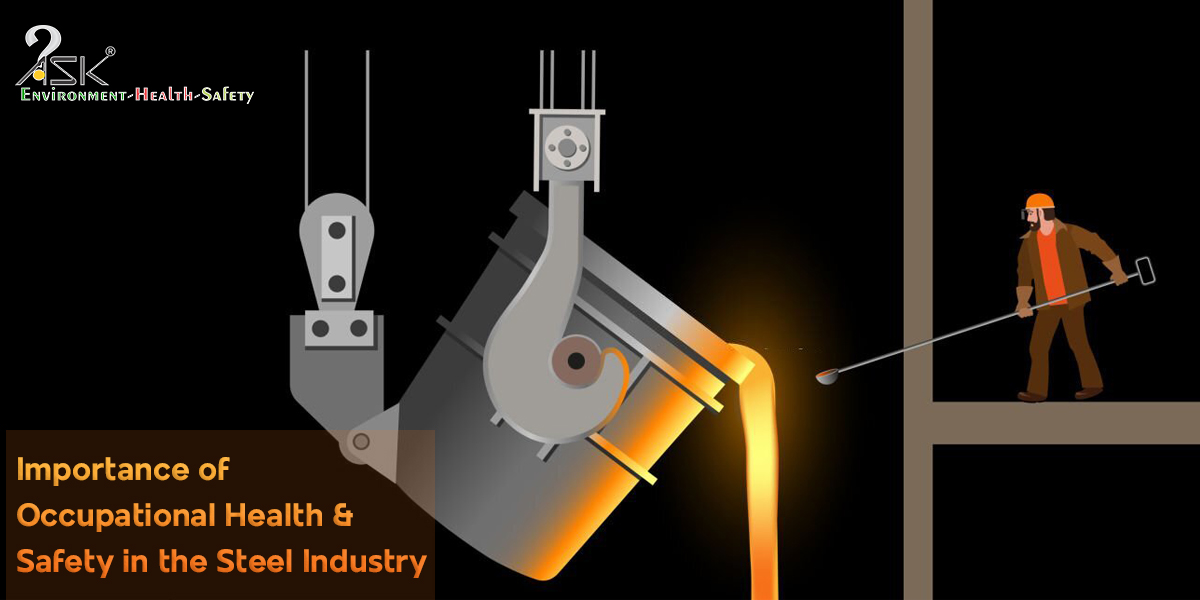Reinventing workplace training 101

The conditions created due to current pandemic have pushed companies to go into the survival mode and some of them have even put learning aside. In downturn, however, they tend to pause learning initiatives, such as training courses, and cancel their mentoring sessions. Some of the industry professionals put their intent aside to include and develop, while reverting to command and control – the thinking goes like ‘Leave training. We need to secure our operations and get our basics done for sustenance’.
Only in times of upheaval, their anxiety runs high and they restore their complete learning initiatives. But the circumstances created due to COVID-19 have changed the way in-person meetings and trainings are viewed. Even safety professionals have realized that they cannot push the ‘pause’ button on capacity building – let the efforts be on reskilling individuals or training for new safety goals. For the current moment belongs to virtual learning.
Therefore, to enable efforts that remain worthwhile, EHS leaders are considering number of steps to protect employees, and expand live training. While some EHS knowledge experts recommend Do’s and Don’ts’ for effective safety recognition programs, their traditional ways need variations to fit in completely in this new, virtual world. Nonetheless, be it industries or the employees, almost everyone has welcomed and embraced this change and are beginning to reconsider traditional ways of learning – getting ready for unanticipated changes like today.
Keeping workforce focussed, attuned and energized
To promote digital learning, practicing and preparing for multiple outcomes is necessary. One needs to begin with defining clear points about the safety training program and be transparent regarding the criteria to attend. This depends on how critical the topic is, what its after-effects are, and how suitable is it for digital delivery. A work-at-height training that elaborately explains the need and appropriate ways of conducting such operations, with suitable visual-effects can leave a lasting impression on the trainees.
A train-the-trainer approach can fit aptly in such conditions – when they undergo the program as participants, they realize how best to facilitate sessions and can make the necessary changes to their training delivery.
Yes, there are limits to what can be addressed during virtual live sessions, and they might not work well for deep socio-emotional and interpersonal skills, but they can be addressed effectively. In such cases, taking inputs from the audience helps.
To deliver an in-person feel to the safety audience, one needs to ensure that trainers and trainees, both, are comfortable with the technology. Sending materials in advance via file sharing can fill-in the knowledge gaps and eliminate the chances of breakout. A trainee remains attentive when he/she gets the feel – when a EHS trainer keeps the video on, looks at the webcam and uses gestures as in-person, he/she can relate to the safety topic that is being taught.
When a trainer sets the ground rules front for the trainees, such as maintaining silence while training and engaging in virtual Q&A, he/she can leverage digital learning to increase collaboration among safety teams that are either working in different departments or in different time-zones.
Becoming fixated on the mechanics instead of the training purpose and focussing on the content alone – individually, both can never lead to a balanced training outcome. Be the trainer or the trainee, we all need to learn how to be with, and relate to each other in this new world of learning. Hastily setting up virtual platforms without prior planning and background research is never beneficial, both monetarily and growth-wise. Setting up basics, undoubtedly helps.


